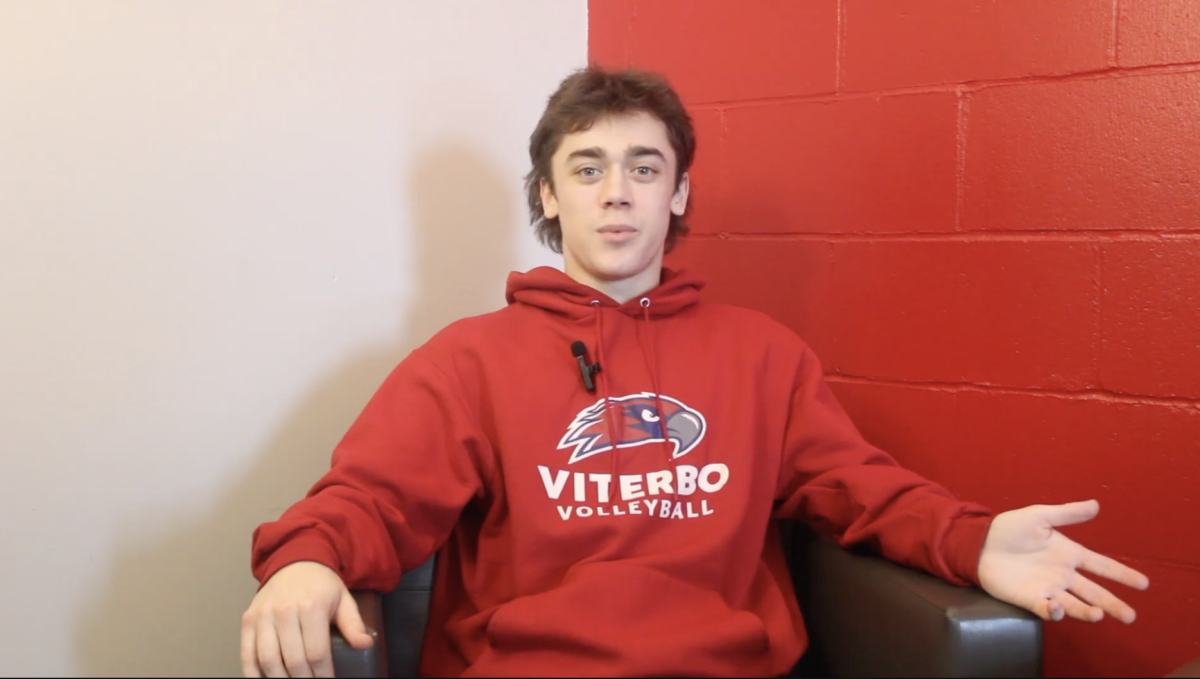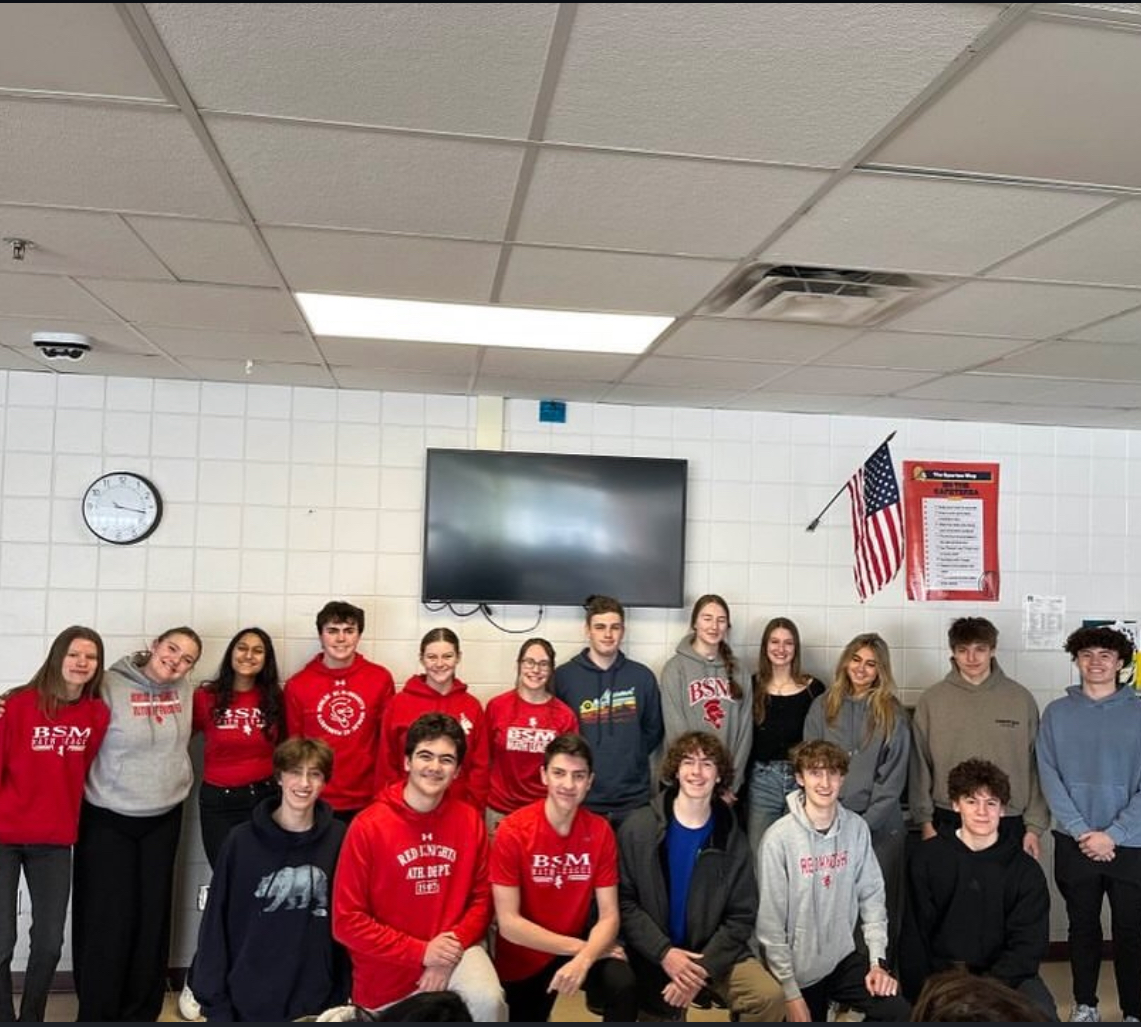After five months of hard work, early mornings, and solving for “x”, the BSM Math League officially wrapped up their 2024-2025 season in February.
Math League is a math competition with competitions at the elementary, middle, and high school levels. Competitions involve timed challenges where competitors solve complicated and long math problems. “Basically, the kids take three tests. There’s an A, a B, and a C [test], which all focus on different types of math and problem-solving,” Math League coach Mary Seppala said.
The BSM Math League began its season in October, starting by practicing problems and getting new members adjusted. “We do practice tests and also learn how to strategize and break the team event up,” Seppala said.
This year, BSM’s Math League team attended five different competitions, and most went very well. Overall, they placed second in the Metro Alliance Division, had five members (Charlotte Feller, Colton Hilger, Andrew Walker, Ryan Lynch, and Arwen Patell) place in the top 40, and two members (Andrew Schmidt and Jonathan McMerty-Brummer) place in the top 10. However, the BSM Math League’s goals lie above the competition and the placements they gain. “My favorite part is just being with the team and getting to work together on all the problems,” sophomore member Ryan Lynch said.
The Math League went through several changes before this year’s season. It used to only require two tests, which students selected from four options. However, this year, competitions consisted of three required tests. Additionally, this is only Seppala and the other coach, Sam Fulco’s, second season as coaches, so they are still working on getting adjusted to the activity as a whole. Math League also gained some new members this year. “This year was my first season, so I didn’t know what to expect, but I was excited to be a part of the high-scoring team,” Lynch said.
At BSM, not many people know about what the Math League is all about. However, BSM’s “mathletes” put in a tremendous amount of effort and hard work into solving problems. “A lot of these kids in Math League, they’re all very smart, and they’re all probably used to just acing the test, but when you get to Math League, you might only get one out of five right,” Seppala said.
Before next season, Math League aims to gain more young members. Each team event is required to include two underclassmen, so it’s vital that the Math League increases interest for incoming freshmen and sophomores. “You don’t have to be in honors or AP-level math to join Math League. Everybody knows that it’s hard stuff, and even if you get one right, we’re happy with that,” Seppala said.


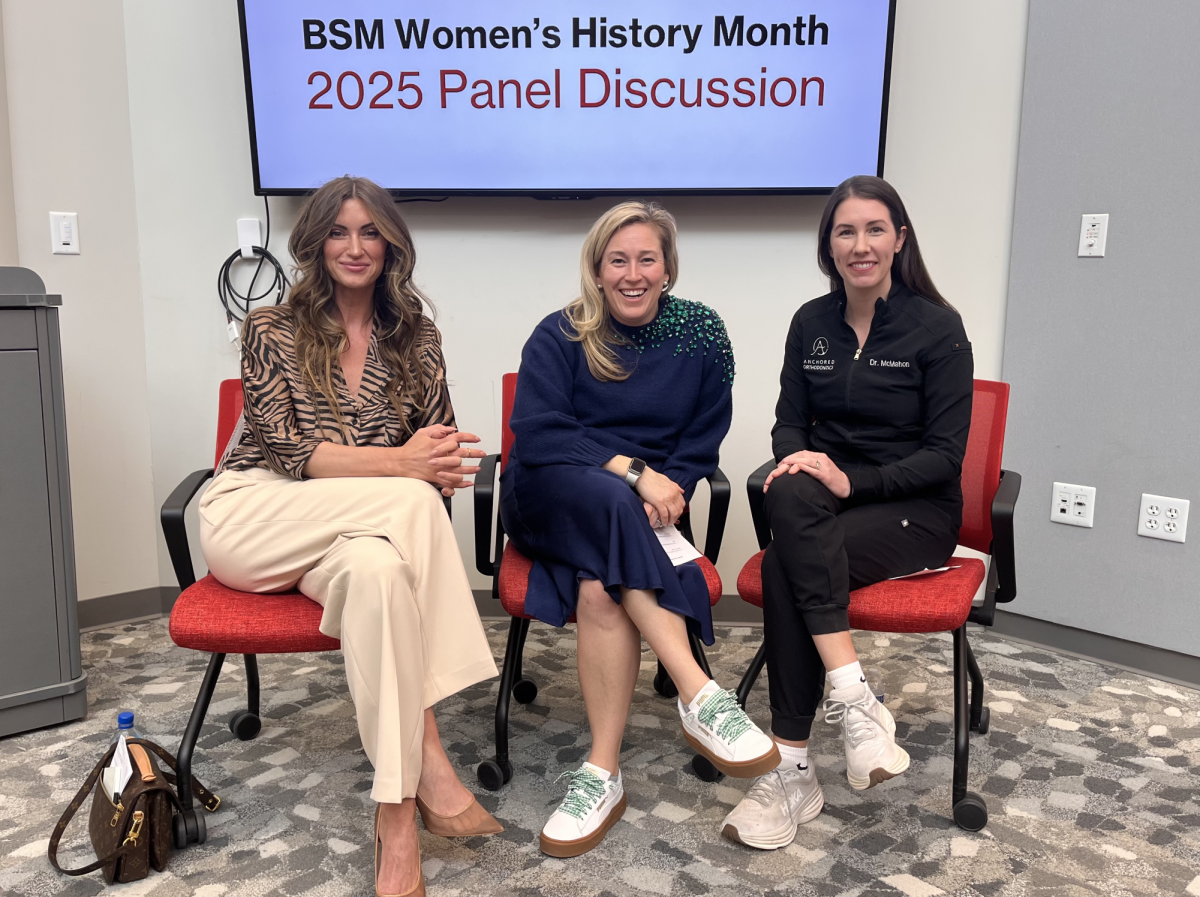






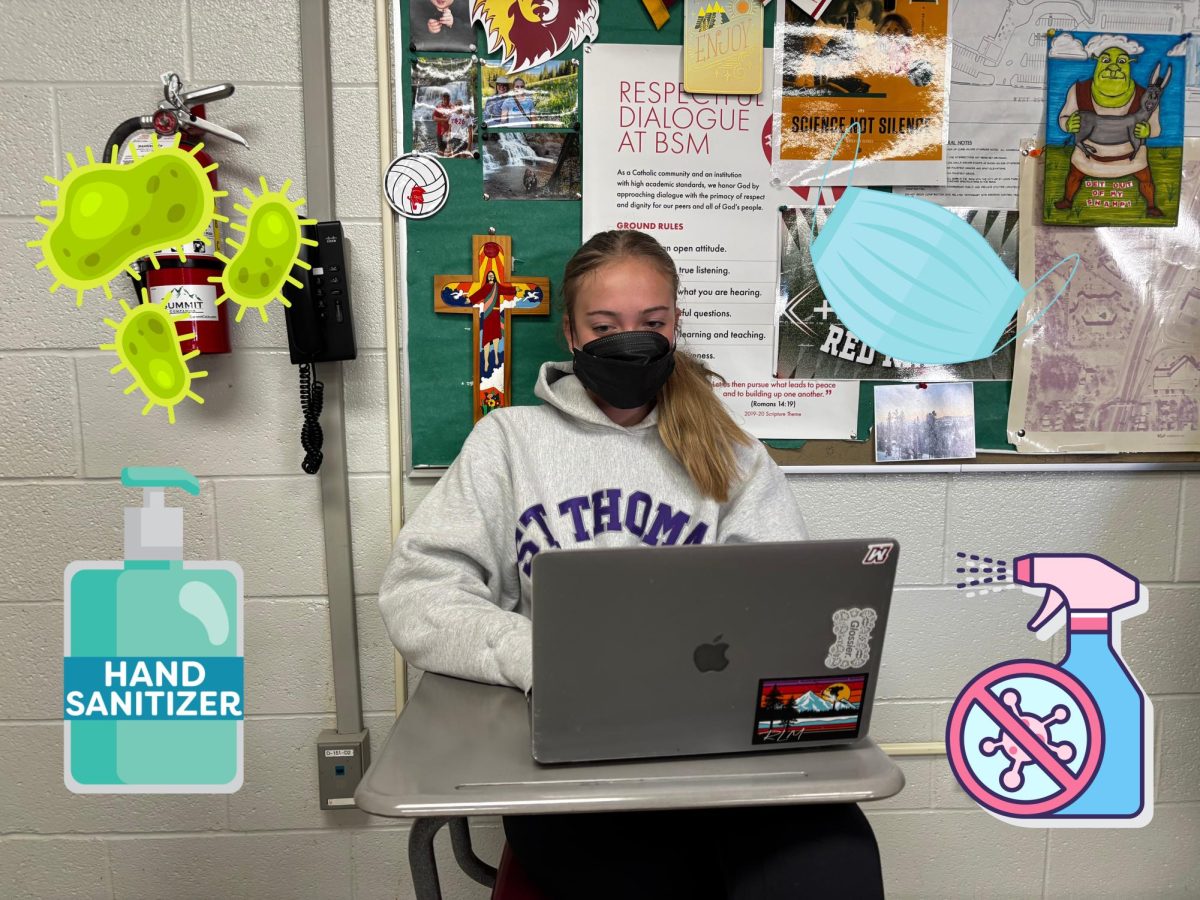


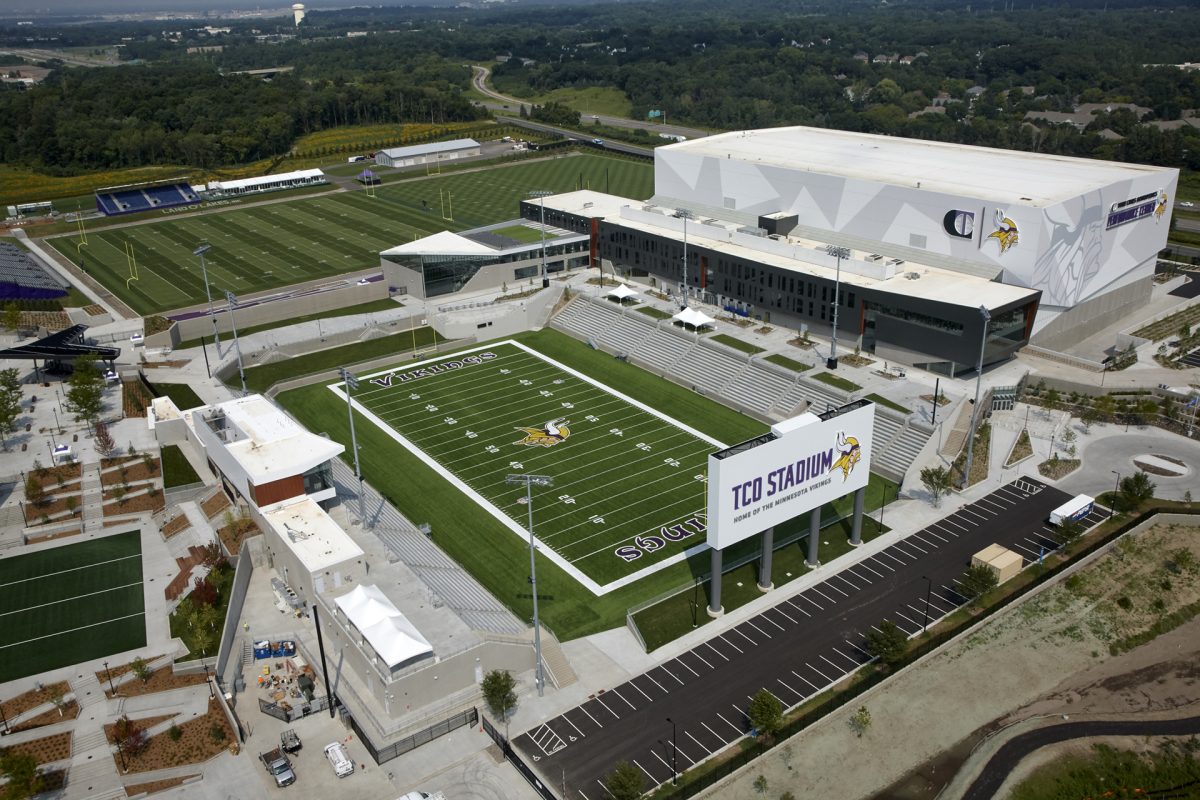
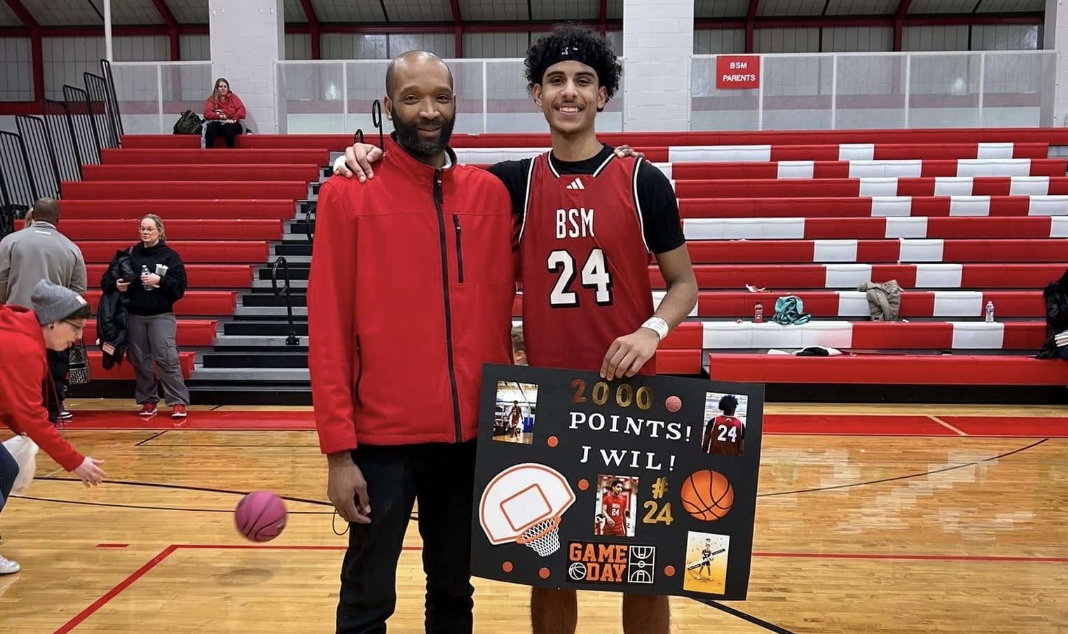
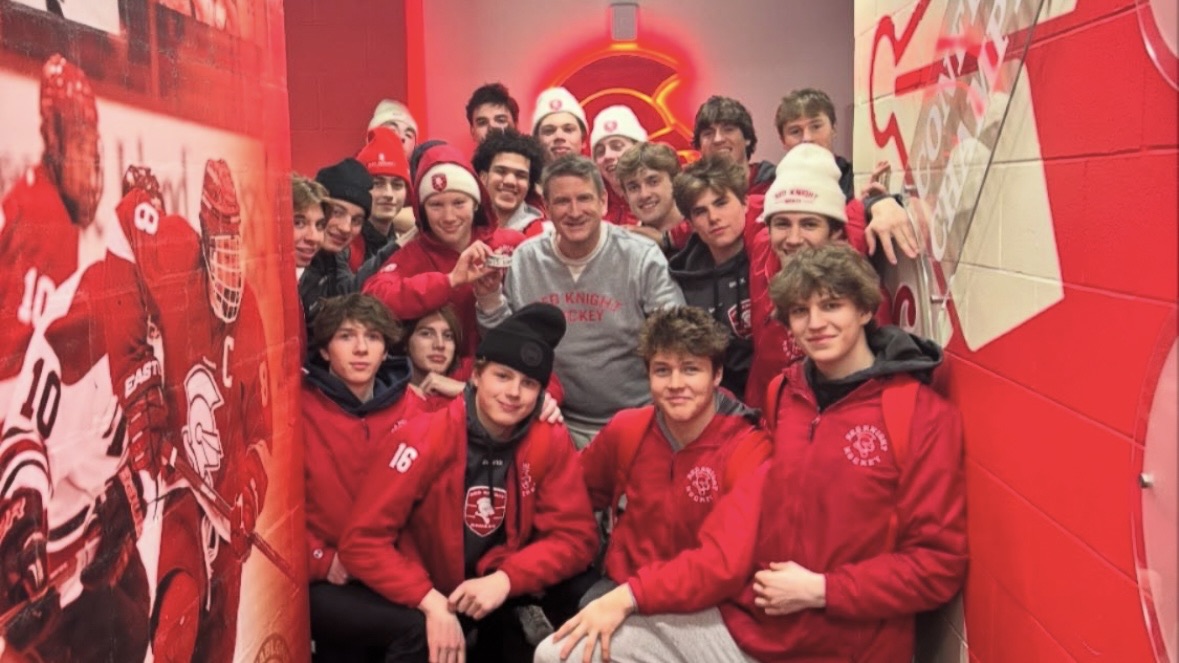



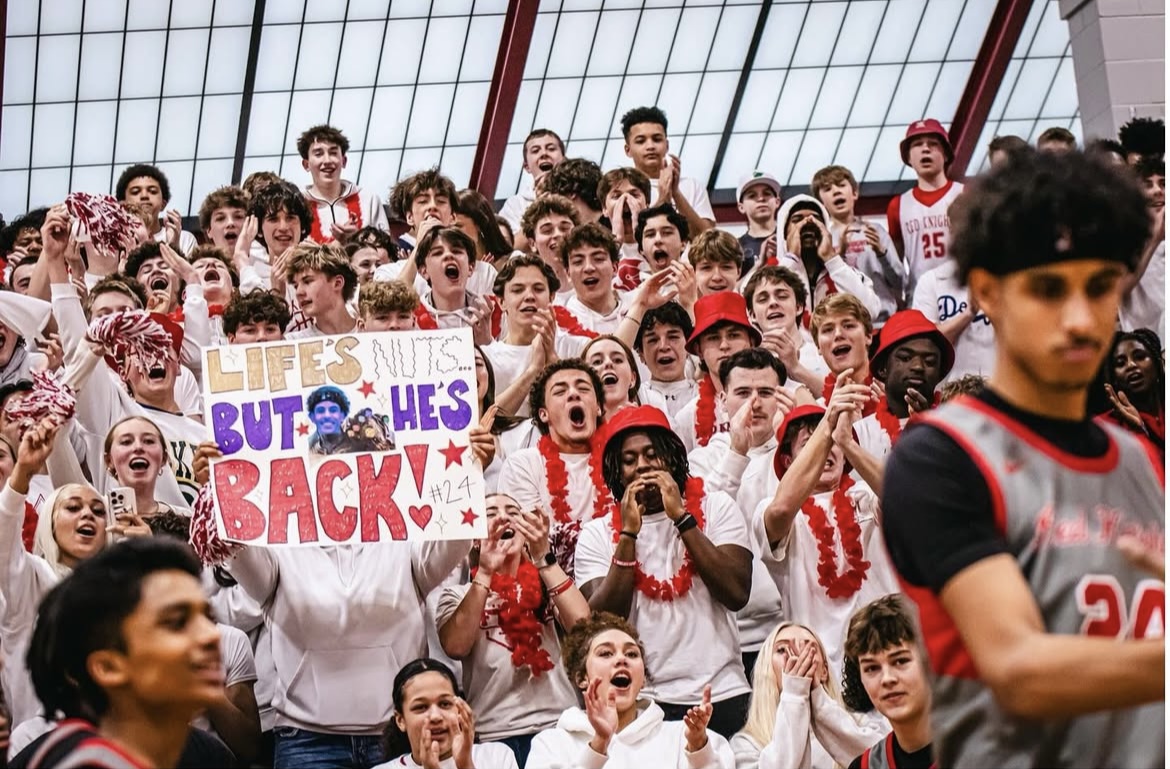












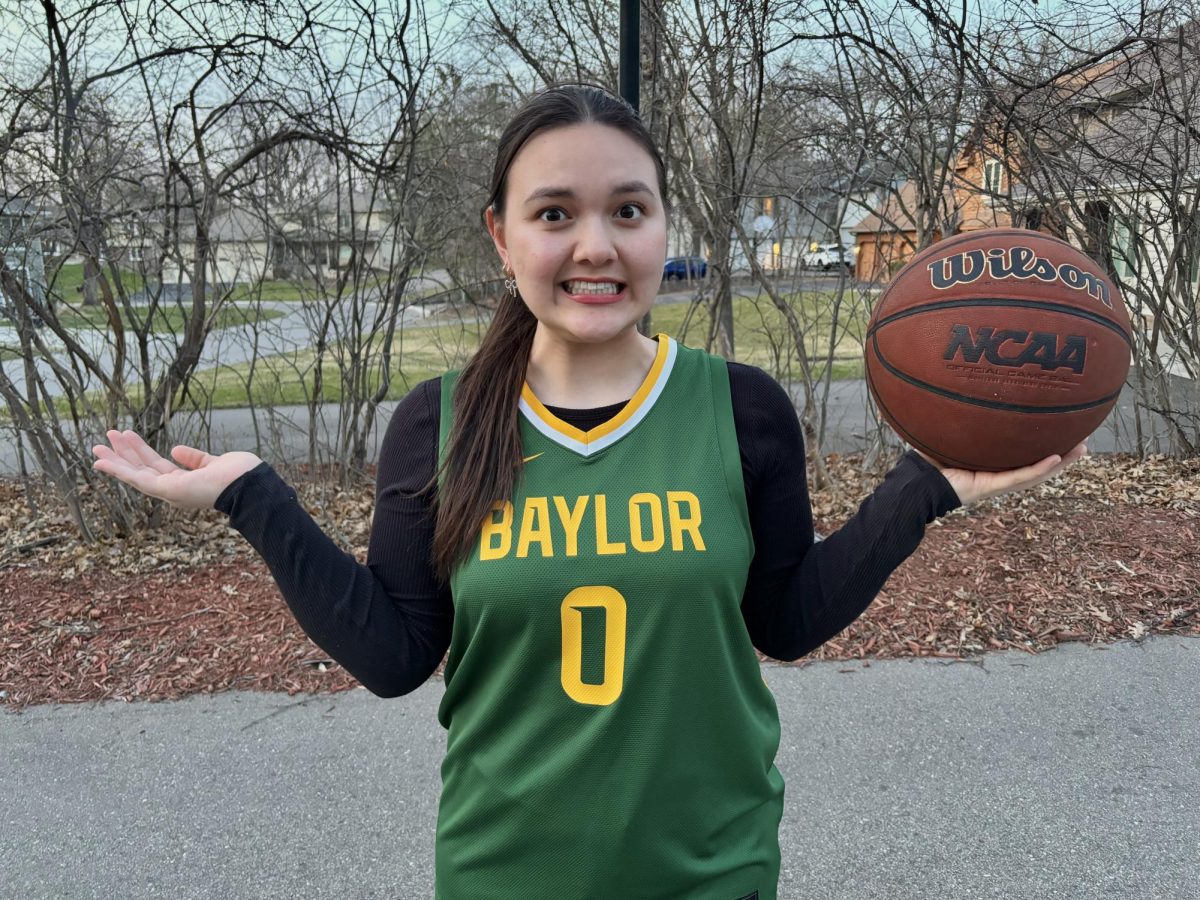
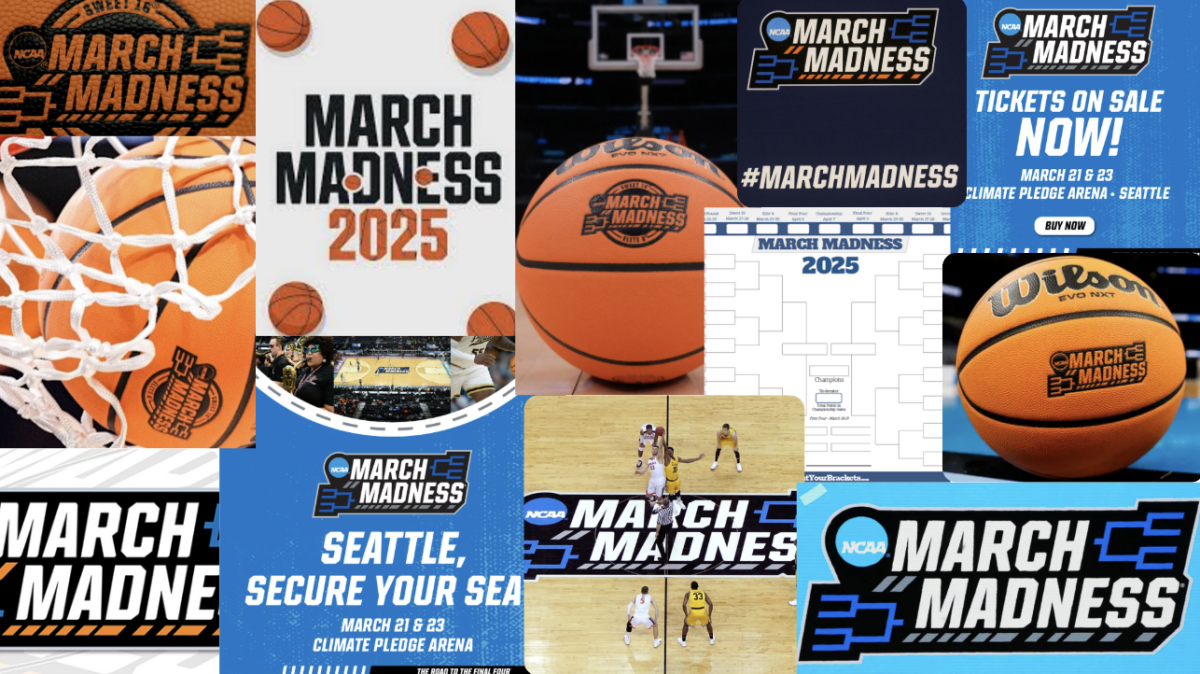


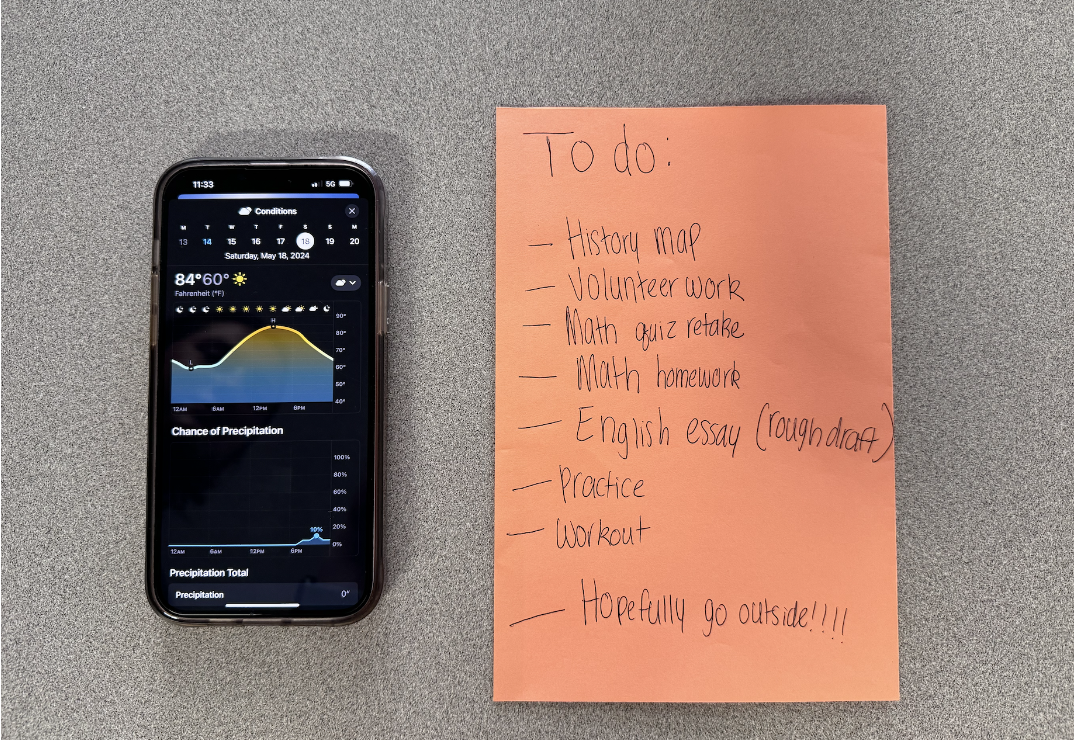
![Teacher Lore: Mr. Hillman [Podcast]](https://bsmknighterrant.org/wp-content/uploads/2025/03/teacherlorelogo-1200x685.png)

